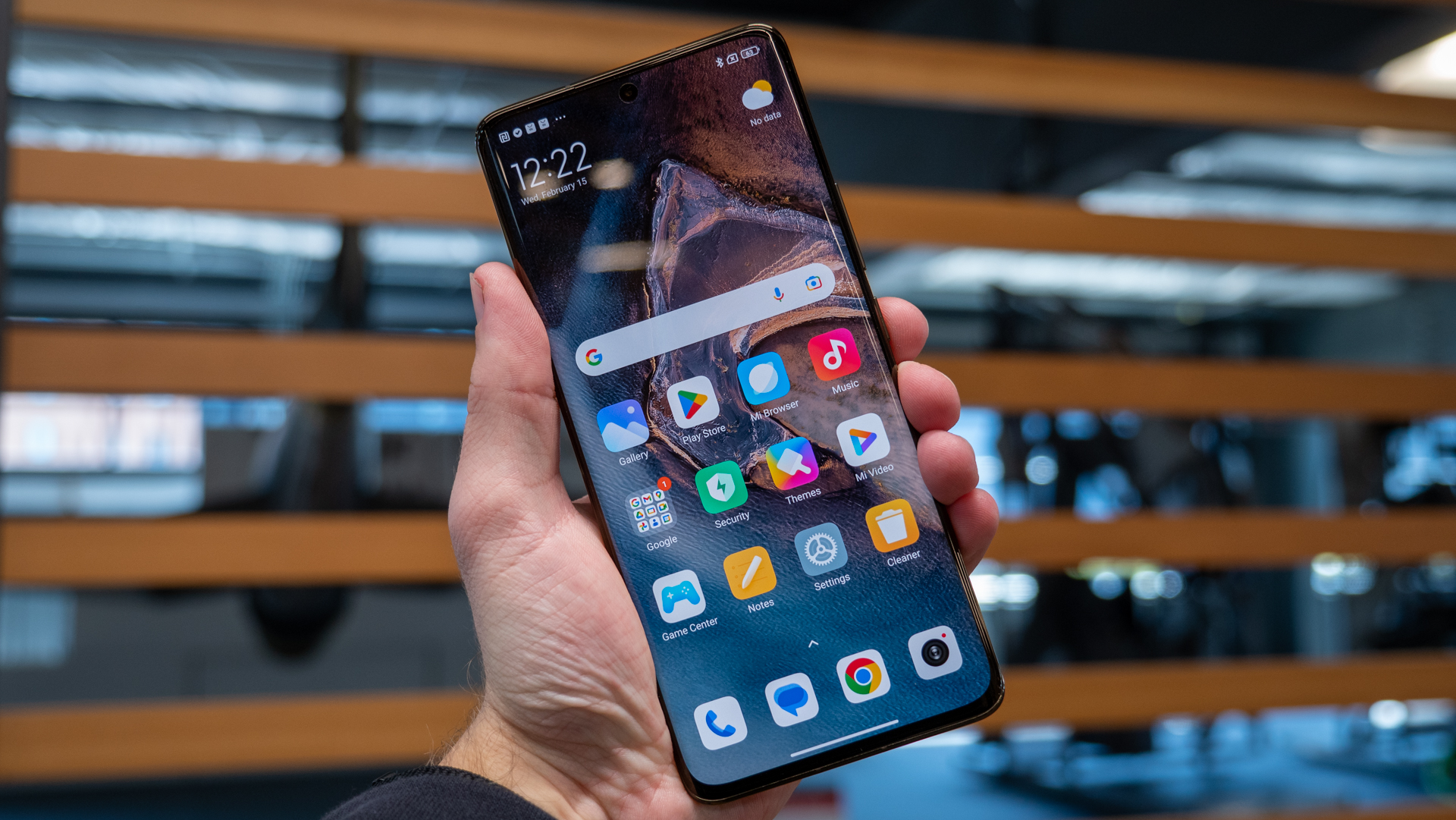
[ad_1]
The world of fashion has long been a dynamic and ever-evolving industry, reflecting societal trends and cultural shifts. As the co-founder of theCURVYcon and a catalyst for change in the evolution of plus size fashion, I’ve found myself concerned that a lot of the work my colleagues and I have done appears to dramatically been undone in just a swift few years. Plus size fashion was once barreling towards being this bustling industry and now has taken a hard hit of progression and seems to be moving backwards. Recent developments have thrown a shadow of uncertainty over the future of one particular niche: plus size fashion. The convergence of two distinct factors—Ozempic, a weight loss medication, and the lingering aftereffects of the Covid-19 pandemic—has raised concerns about the potential challenges that lie ahead for this industry. This article delves into the potential implications of these combined influences and examines whether a grim forecast awaits the future of plus size fashion.
Ozempic: A Game-Changer in Weight Management
Ozempic, a brand name for semaglutide, is a medication primarily used to treat type 2 diabetes. It has garnered attention not only for its efficacy in managing blood sugar levels but also for its potential to aid in weight loss. Clinical trials have shown that Ozempic can lead to significant weight reduction in individuals without diabetes as well. While this might be celebrated as a breakthrough in combating obesity, it poses a unique challenge for the plus size fashion industry.
The rise of Ozempic as a weight management tool has the potential to reshape the demographics of the plus size fashion market. What makes Ozempic different from Weight Loss Surgery is it’s accessibility in cost and it’s a much less drastic option to lose weight making it a much easier option to try. As individuals experience weight loss due to the medication, they may transition out of the plus size category, leading to a smaller customer base for this segment. This shift could compel fashion retailers and designers to reevaluate their business strategies and product offerings, potentially resulting in a decreased focus on plus size options. Consequently, the very existence of dedicated plus size fashion lines could be at stake. I think it’s important for people to get their health in check, I ponder if this is the writing on the wall for the industry as a whole and because of a shrinking market do the people who still need plus size clothing get what need.
Covid-19’s Lingering Effects
The Covid-19 pandemic wreaked havoc on numerous industries, fashion being no exception. Supply chain disruptions, temporary and permanent closures of brick-and-mortar stores, and changing consumer behaviors significantly impacted the fashion world. Even as the pandemic recedes, its aftereffects continue to reverberate. The uncertainty and economic challenges left in its wake have reshaped consumer priorities and spending habits. The once profitable work wardrobe is no longer a necessity that is once was shrinking consumer spending on clothing.
As the world emerges from the pandemic, the fashion industry is grappling with changed perceptions of body image and fashion aesthetics. Lockdowns and social isolation prompted individuals to reevaluate their priorities, including health and well-being. This shift in mindset could lead to increased demand for healthier lifestyles and weight management solutions like Ozempic, further influencing the plus size fashion landscape.
Navigating the Uncertain Terrain
While the combined influence of Ozempic and Covid-19’s aftermath presents a potentially grim outlook for plus size fashion, there are avenues for adaptation and growth. Fashion designers and retailers can respond to changing consumer needs by focusing on inclusivity and diversity. Instead of solely catering to a specific size range, they can embrace a broader range of body types and provide clothing options that resonate with various stages of weight management. This was the world that many wanted to create with full size range instead of separated sections of misses and plus.
Moreover, collaborations between the health and fashion industries could yield innovative solutions. Designers could partner with healthcare professionals to create adaptive clothing lines that accommodate individuals undergoing weight changes due to medications like Ozempic. This approach not only addresses the evolving needs of consumers but also fosters a more holistic and empathetic approach to fashion. As person who’s lost 160ish pounds I used services like Rent the Runway while in transition to supplement my wardrobe in a cost effective way.
The intersection of Ozempic and the lingering effects of Covid-19 has cast a shadow of uncertainty over the future of plus size fashion. As individuals increasingly turn to weight management solutions and embrace healthier lifestyles, the landscape of the plus size market may shift. However, this transformation need not signal the demise of plus size fashion. By embracing inclusivity, diversity, and collaboration, the industry can navigate the evolving terrain and create a future that caters to the needs and aspirations of all individuals, regardless of size or circumstance.
[ad_2]






